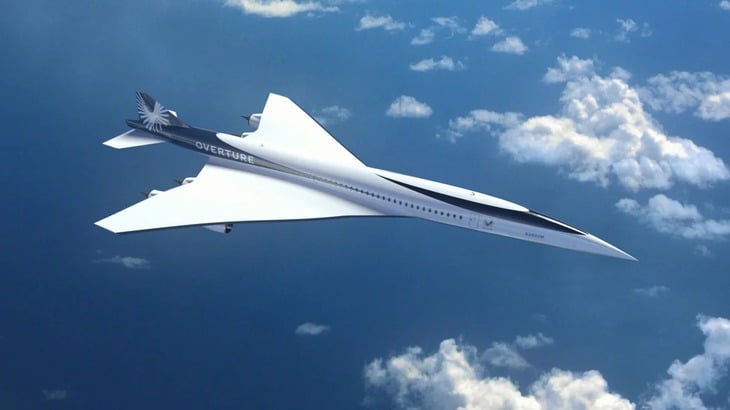
Boom Supersonic's Overture commercial supersonic aircraft - Photo: BOOM SUPERSONIC
According to CNN, several hypersonic aircraft models are currently under development. The US National Aeronautics and Space Administration (NASA) plans to test the X-59 in 2025 - a model that promises to produce only a relatively quiet sound.
Meanwhile, Boom Supersonic (USA) developed the Overture aircraft, the first commercial supersonic aircraft model since the Concorde supersonic commercial aircraft developed by the UK and France stopped operating in 2003.
Short flight time but high cost
Overture is aiming for speeds of Mach 1.7, and will cut transcontinental flight times by nearly half. It is expected to carry around 80 passengers in a premium cabin.
Airlines such as American Airlines, United Airlines and Japan Airlines have expressed interest, but the commitments are not binding and have not officially invested in this new aircraft line.
The biggest problem right now is that Overture has a limited range of just 4,888 miles, enough to fly across the United States or across the Atlantic, but not enough to fly directly across the Pacific .
In addition, the fuel consumption of this aircraft is 2-7 times higher than that of modern aircraft such as the A350 or Boeing 787, making airfare very expensive.
A flight from New York City to London can cost more than $4,800, 38% more than current business class prices.
Doubts about feasibility
Experts question the success of Boom Supersonic.
Aviation consultant Richard Aboulafia said the company would need $12-15 billion to complete the Overture, but has so far raised only about $800 million.
Meanwhile, Boom Supersonic CEO Blake Scholl believes it will only need less than $2 billion thanks to integrating internal manufacturing to save costs.
However, Boom Supersonic still faces many practical obstacles such as the licensing process from the US Federal Aviation Administration (FAA), which has become more stringent after the Boeing 737 MAX incident.
Boom Supersonic's plan is to spend just one year on flight testing, while Airbus took 18 months to certify the A350.
CEO Scholl acknowledges the risks, but remains optimistic that Boom Supersonic's ability to bring supersonic aircraft into commercial operations is still there.
“The technology is there, the market is there, the passengers are there, the airlines are ready. I believe the regulations (on allowing supersonic aircraft to operate commercially) will be there soon. Our job is to implement it,” he added.
Source: https://tuoitre.vn/bau-troi-nuoc-my-sap-mo-cua-cho-may-bay-sieu-thanh-nhung-van-con-nhieu-thach-thuc-20250606141725326.htm


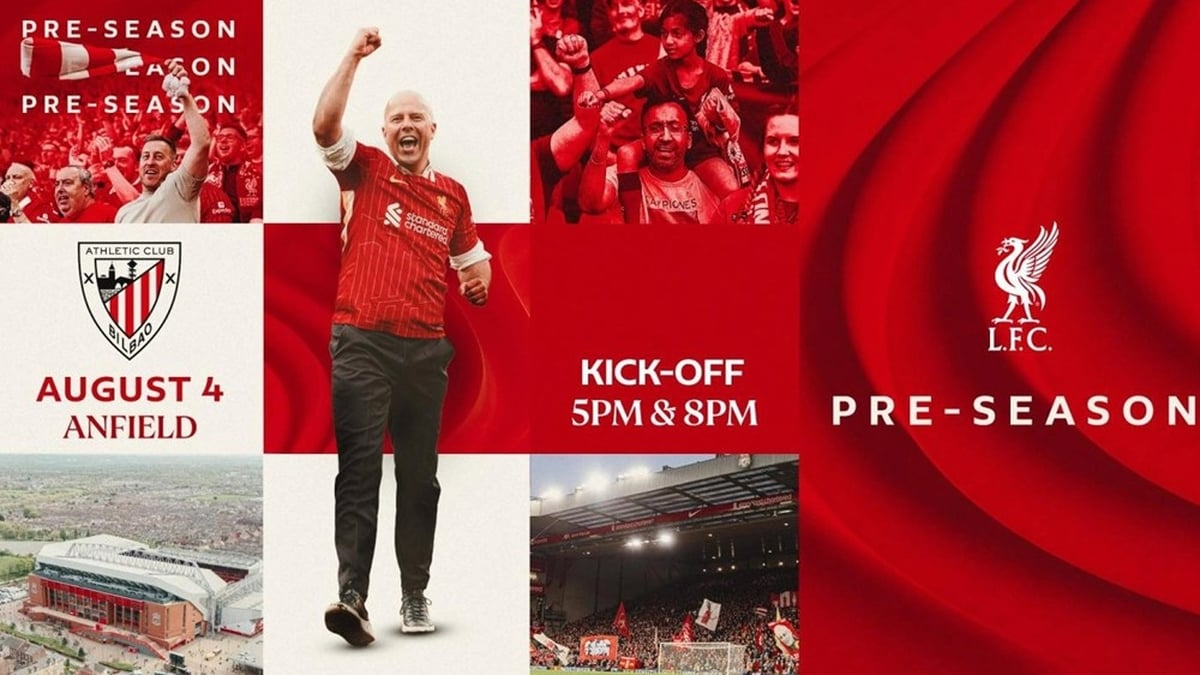



















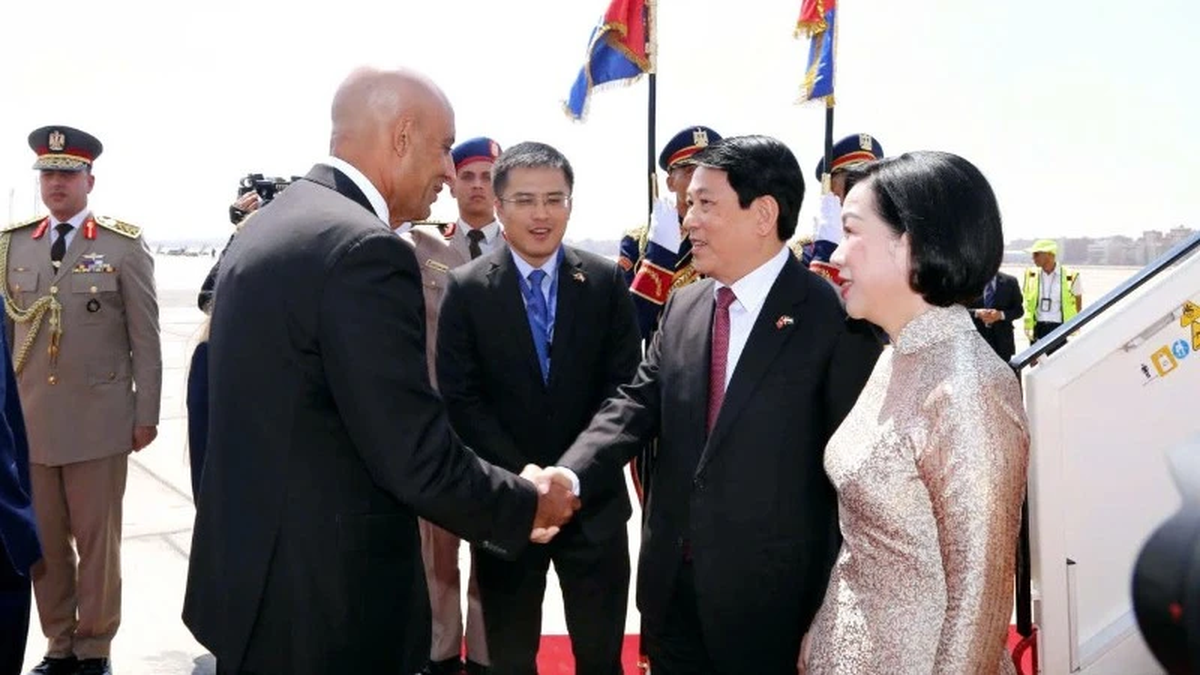








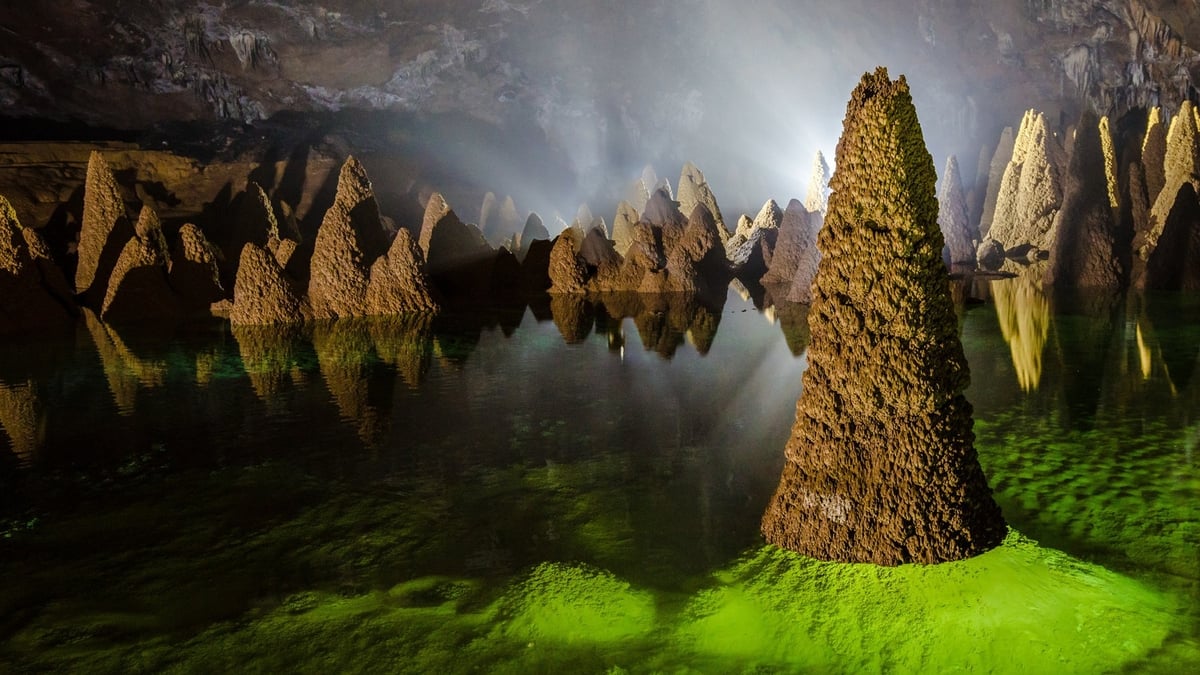




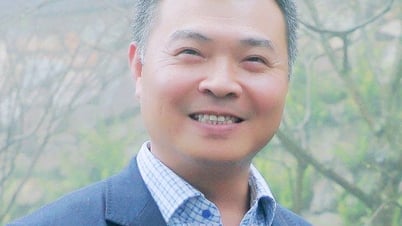

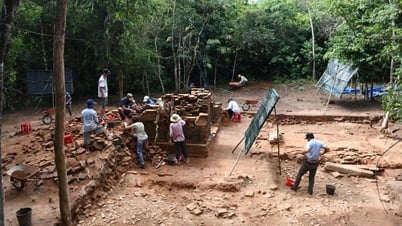
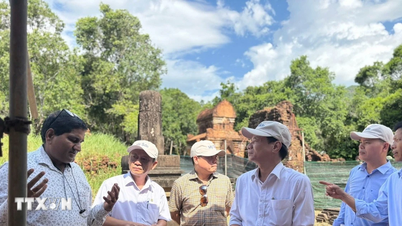








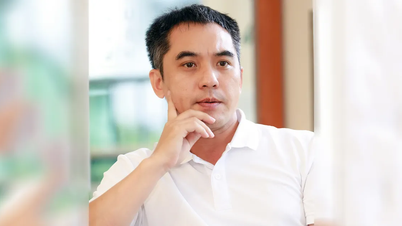















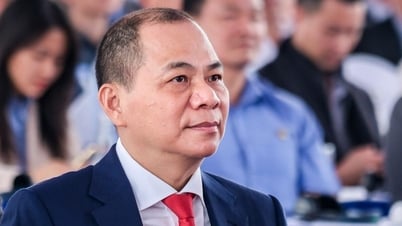
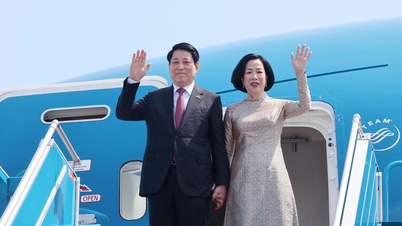



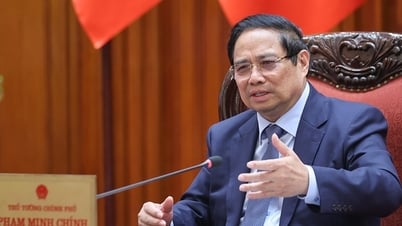

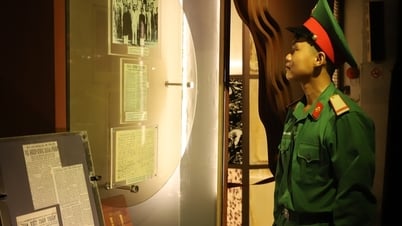
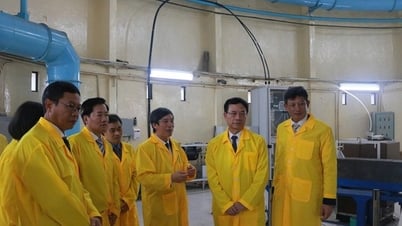

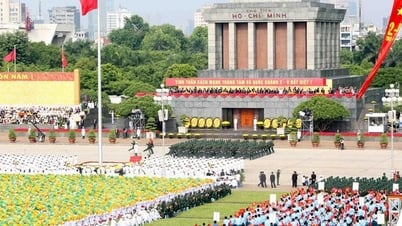
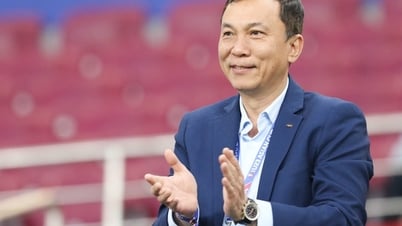























Comment (0)